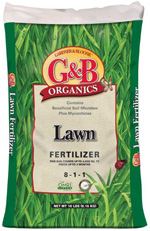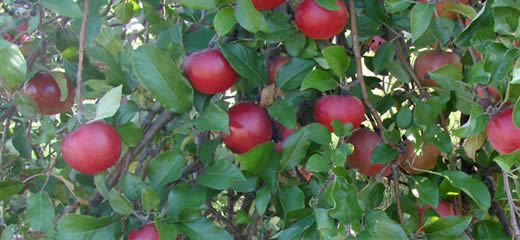|

     
|
 |
Featured Quote: "Bittersweet October. The mellow, messy, leaf-kicking, perfect pause between the opposing miseries of summer and winter." |


|
We will be returning to Standard Time on November 6. Remember to set your clocks back to 1 AM on Sunday at 2 AM. Or just reset them Saturday evening and enjoy that extra hour of sleep! Smoke detector batteries should be changed yearly; the change to Standard Time is also a great time to change the batteries in your smoke detectors. Properly functioning smoke detectors save thousands of lives every year. |
 |
Pre-order your new 2017 roses and enjoy 10% off the listed price. Offer ends November 4, 2016 . |
The H&H Nursery pre-order fruit tree program is available now. Enjoy
20% off the listed price. Offer ends November 4, 2016. Click to download 2017 Pre-Order Fruit Tree Form |

|
 |
|
By Tamara Galbraith Nowadays, Americans are eating five times more fresh spinach than we did in the 1970s. And forget about the canned, slimy stuff Popeye downed in one shot back in the old days; we now prefer our spinach fresh. And what could be fresher than growing it yourself? The cool temperatures of autumn are perfect for optimum spinach production. Those of us gardening in warmer regions grow spinach through the winter, as long as temps stay above 25 degrees. A light frost will not hurt it. There are generally two types of spinach: smooth or savoyed. Smooth types are more tender and are best for salads, while the crinkly leaves of savoy spinach can be rubbery and are better for cooking. Some spinach cultivars walk the line between smooth and savoyed and are pretty yummy either raw or cooked. If you're starting your spinach from seed, soak the seeds in a plastic baggie overnight in the refrigerator before planting. This will soften the hard coating of the seed and allow better germination. Place transplants about six inches apart, and make sure the soil stays moist and cool. The biggest enemy of spinach is heat, so use shade cloth if temperatures rise dramatically during the day. Mulch is also a good addition for keeping the soil cool. Spinach, like lettuce, does well in containers--with the advantage that you can move them into shadier areas if it gets too warm. You can harvest spinach by individual leaves or by cropping off the entire plant at the base. As long as temperatures remain cool, the plant will continue to produce leaves...and keep those delicious spinach salads coming. |
 |
It's Pumpkin Time!
We offer pumpkins in many shapes and sizes, in addition to other fall décor to help turn any home into a fall harvest paradise. We are the perfect place to shop for all of your fall decorating needs. Hurry in while supplies last! |

|
You don't need to be a botanist to coax flowers into bloom for the holidays. It's simple, especially when they're Hippeastrum bulbs. Although marketed in the winter as amaryllis, most belong to the genus Hippeastrum from South America. For the largest number of flower clusters, select the largest bulb. Plant it in a well-draining pot, 6-8 weeks before you want the trumpet-shaped flowers to appear. Make sure the upper third of the bulb is peeking above the soil and water sparingly. Then stake the flower stalk for support, put a bow on it, and voilà! Don't you wish all your holiday preparations were this easy? |
 |
|
What does the term "conifer" mean? Answer: Most conifers are evergreen--for example, arborvitae cedars, cypress, firs, junipers, pines, redwoods and spruce. But there are some species of deciduous conifers that lose their leaves in the winter, including varieties of larch, dawn redwood and swamp cypress. Conifer foliage color comes in tones of greens, blues and yellows. Some are variegated and some are a different color in winter and summer. |

This recipe makes an incredible presentation and is quite tasty as well! Enjoy! What You'll Need:
Step by Step:
Hint: for a nice twist, serve with cheddar cheese grated over it. |
 click here for a printer friendly version of this page
click here for a printer friendly version of this page
 |
Written content © Garden Partners LLC, or respective authors. All Rights Reserved. Privacy Policy. All written content contained in this site is protected by United States copyright law and may not be reproduced, distributed, transmitted, displayed, published, or broadcast without prior written permission of Garden Partners, LLC. You may not alter or remove any trademark, copyright or other notice from copies of the content. |





 It's that time of year that so many of us look forward to. Next to Christmas, the fall harvest season (Halloween through Thanksgving) is the most popular time of year, and at H&H Nursery, we want to celebrate it with you!
It's that time of year that so many of us look forward to. Next to Christmas, the fall harvest season (Halloween through Thanksgving) is the most popular time of year, and at H&H Nursery, we want to celebrate it with you!